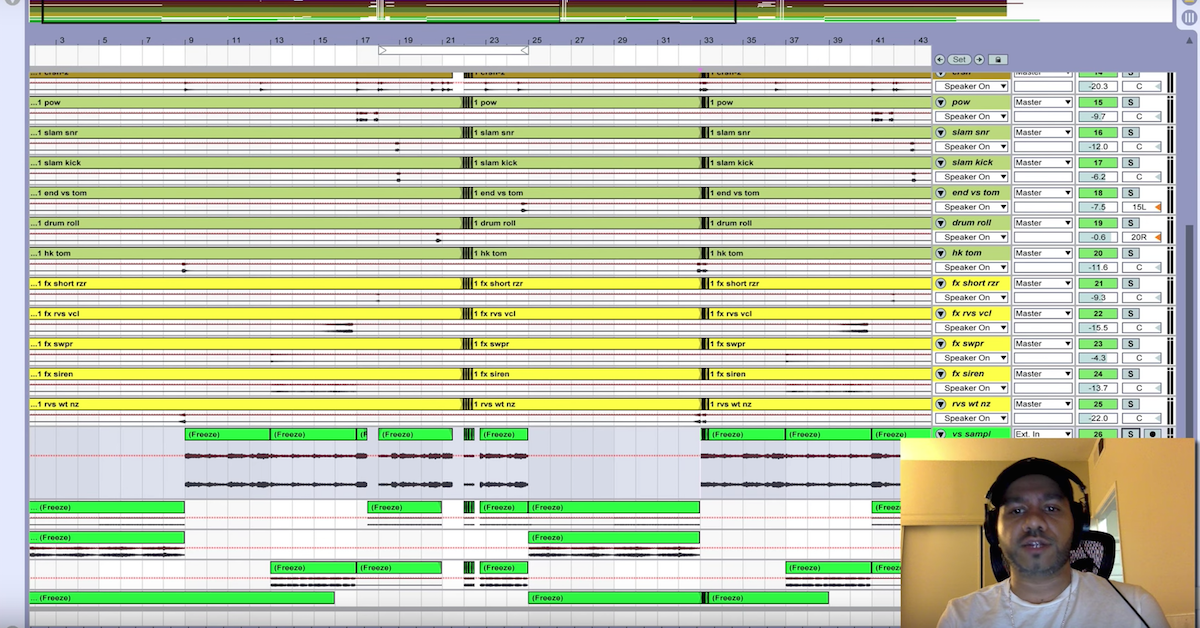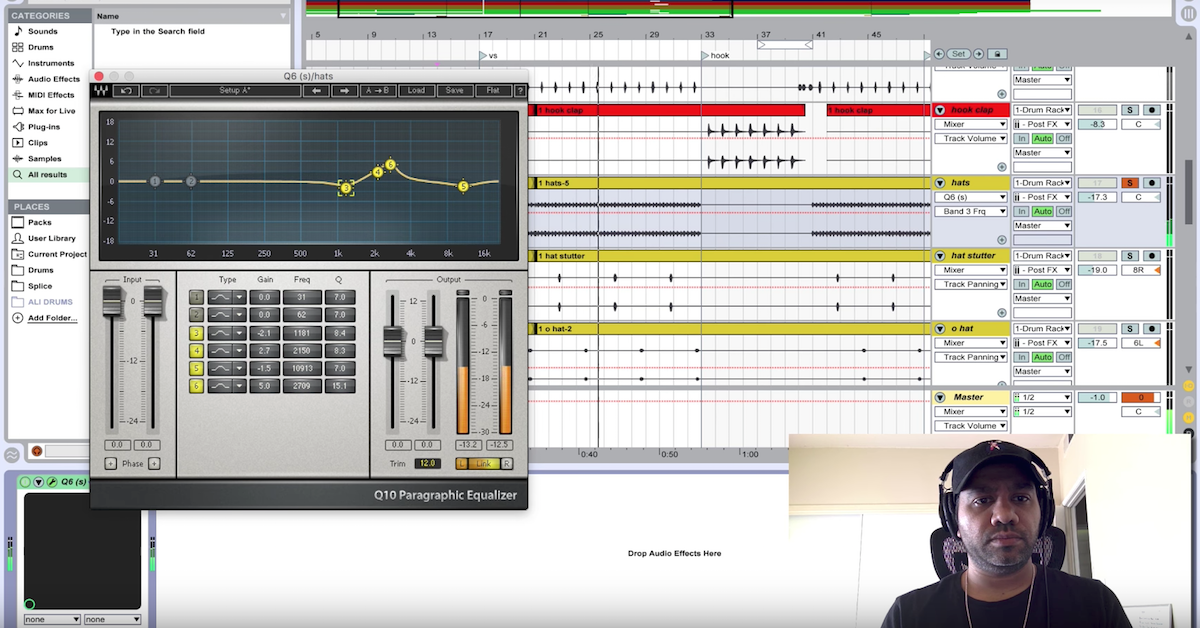Beat Production 201: Compositional Techniques
Article Content
Are you tired of having your beats sound like every other beat?
Are you looking for a way to find the next big “hook” in your musical community? I’ll show you where to look.
The real trick to beat production is a simple matter of understanding historical concepts. I am big on approaching tasks from counter-to-normal perspectives, but sometimes the key that will unlock your creativity is simpler that you may think.
If we consider the progression of musical expression on a time-line:
- The so-called “classical” genre is the foundation of the so-called “pop” genre. Classical techniques re-examined by folk musicians are what created the music industry and are, by extension, the seeds which, when fertilized by corporate sponsors, grew into the eventual tree-trunk (body) of the 20th century music industry.
- We are at the top of the metaphorical music industry tree. To be at the top of the tree–always the thinnest point which bears no fruit–is no more beneficial than decadent. The only means for true innovation is a return to the lower, fuller, fruitful sections of the tree to gather seeds with which new trees can be grown, shaped, and nurtured to continue the perpetual cycle of human life and innovation.
There are no problems–only solutions to temporary inconveniences. Writers’ block is a state of mind, not an actual problem. Willfulness can solve many problems and a lack of willfulness can cause many more…
I agree, music theory classes can be bullshit. Trust me–it’s not the material, it’s who delivers the material. A thorough understanding of basic western (and non-western) theoretical concepts is a literal toolbox within any composer’s mind. Just pulling something out of a theory book, even if you don’t fully understand it, can be a great tool and can also lead to you understanding a concept or creating new innovative concepts from that initial usage.
Here’s some examples to get you started:
The Consistent Musical Functions of the Tritone:
V7-I
This is extremely common, and is probably in most of the songs you’ve heard in your life. It is one of the fundamentals of our entire western system of tonality.
vii°-I
Much like the V7 – I, this is very common as well. The 7th being dropped a half step from its diatonic position creates a chord built completely from minor 3rd intervals, or two superimposed tritones.
V7b9 – I
This is almost exactly the same chord as the viiº, only including the root of the fifth, E in this case.
Augmented 6th Chords and Actual vs. Perceived Tritone Utilization
These are special chords that were introduced into tonal composition rather recently which act as leading chords to the V7 chord. The main function is the augmented 6th interval, F to D# in this case, which adds a tritone to the chord, giving it an unresolved feeling much like the V7 chord.
Gr6 (German)
Fr6 (French)
It6 (Italian)












